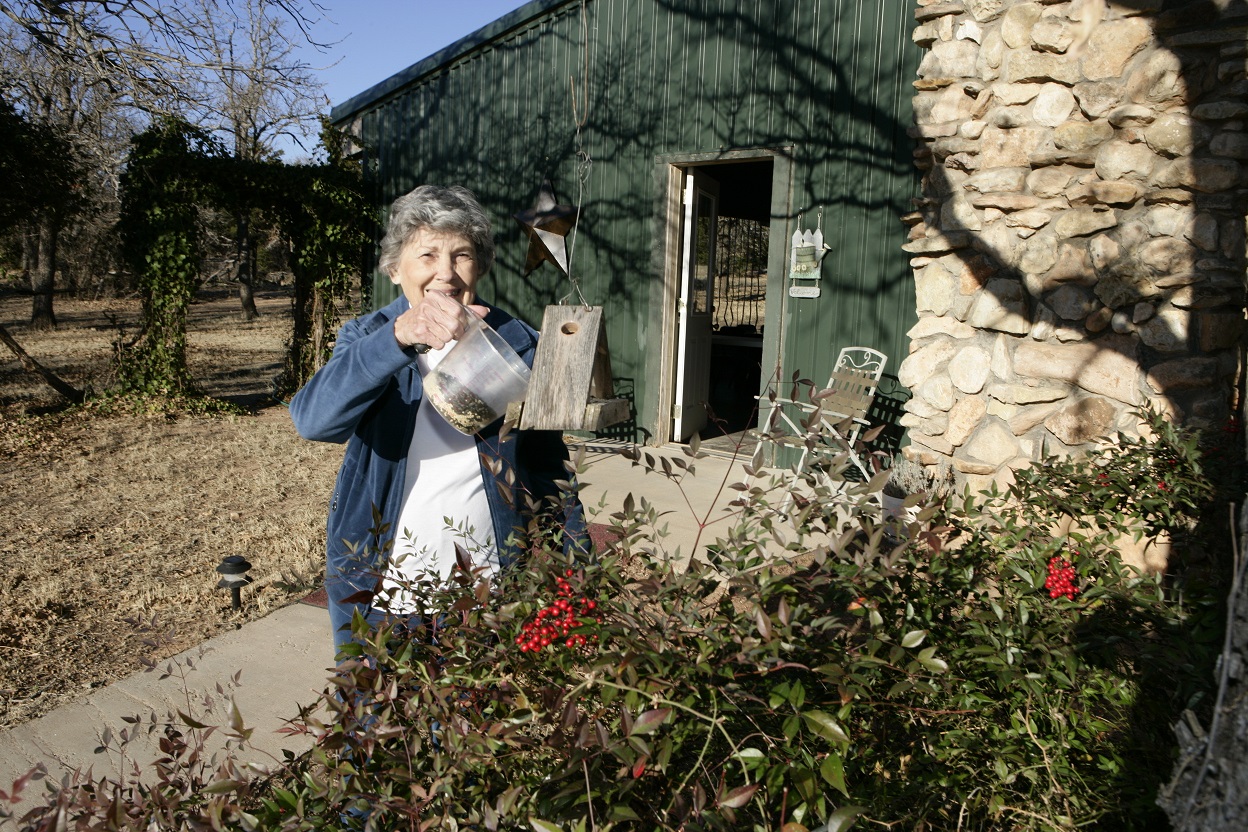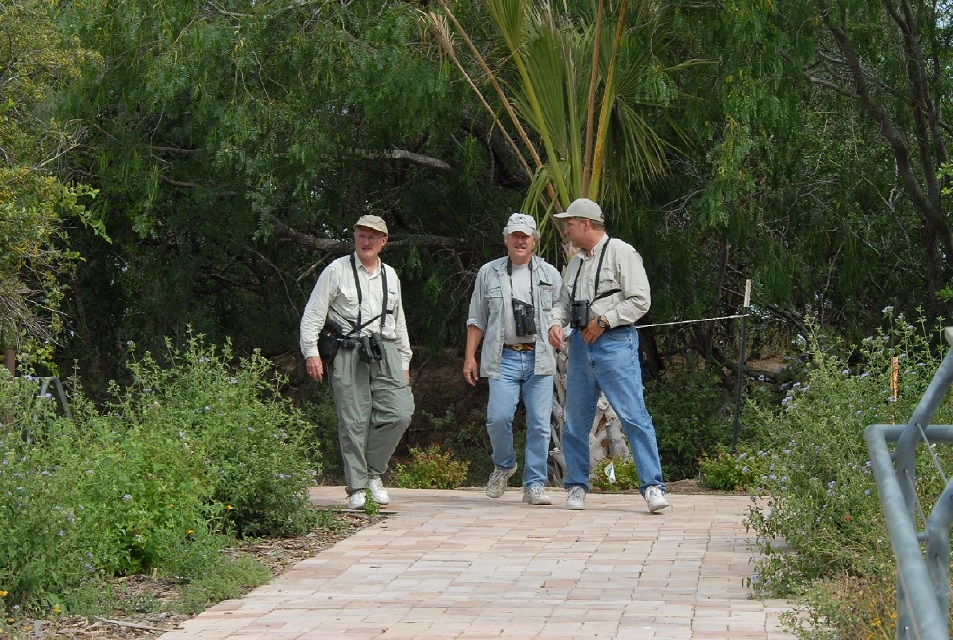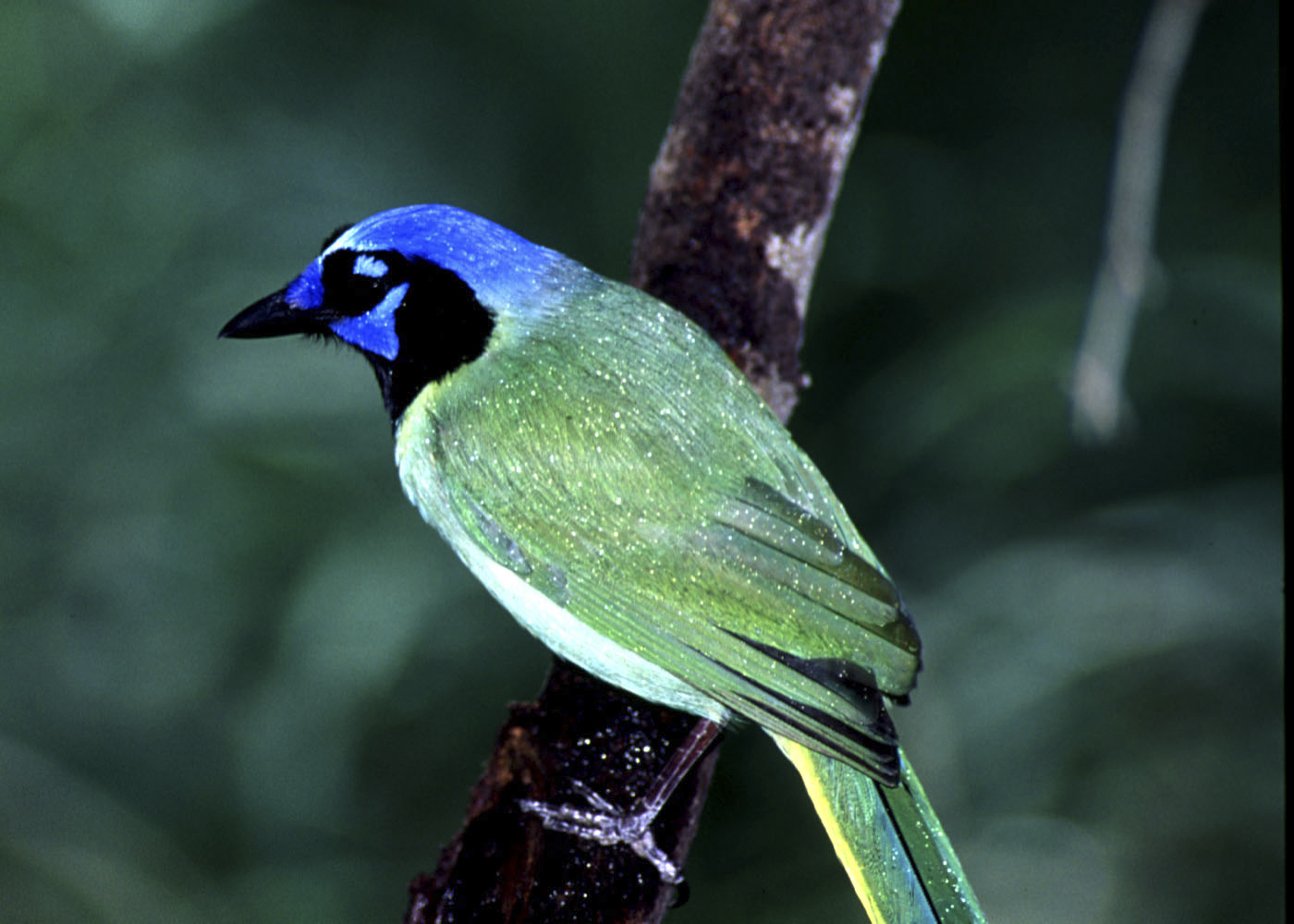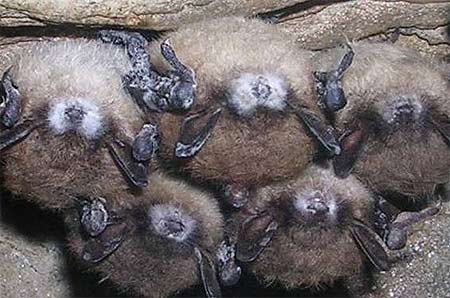Recreation: Day One Trail Run
Monday, September 16th, 2013This is Passport to Texas
You know about first day hikes; it’s where people spend the first day of the New Year hiking the trails in state parks nationwide. If you’d rather pick up the pace, then Cedar Hill State Park’s Day One Trail Run is for you.
09—The Day One Trail Run is our way of taking the first day hikes that America’s state parks has done every year for a while now to the next level.
Jeff Achée [uh-SHAY], from Cedar Hill SP, is helping to coordinate the event, which includes 20K and 5K races.
31—We have got a 3, and 8, and 12 mile hike and bike loop here. And it’s run by DORBA, which is the Dallas Off Road Biking Association. So, what we’re going to do is have the 5K run the 3-mile loop, and the 20K is going to run the 12-mile loop. And there’ll be some going in and out of the access roads and things like that so we can get some aid stations in there. But basically, our park is set up perfectly for these two distances. They’re going to go through the woods; they’re going to go on the lakeside prairies of the park. It’s just going to be an awesome race.
Early registration for the Day One Trail Run at Cedar Hill SP has already begun. Find details and registration fee information at Day One Trail Run dot com.
We’ll have more about this race tomorrow.
That’s our show for today… Funding provided in part by Ram Trucks. Guts. Glory. Ram.
For Texas Parks and Wildlife…I’m Cecilia Nasti.







 Passport to Texas is a
Passport to Texas is a  Passport to Texas is made available by:
Passport to Texas is made available by: